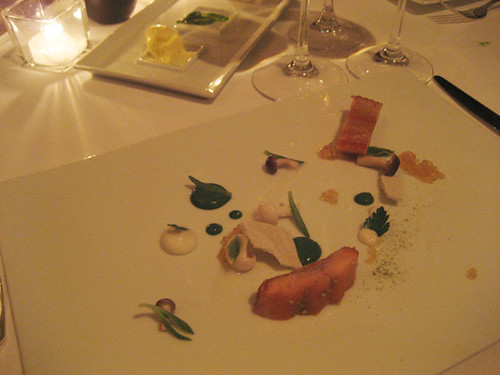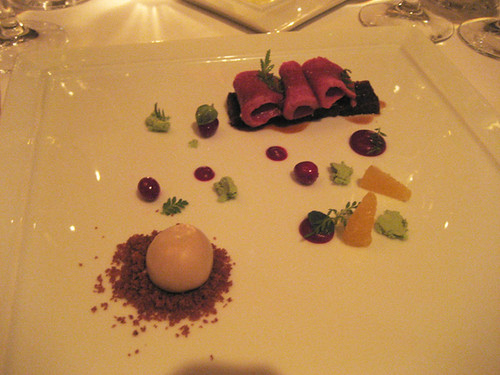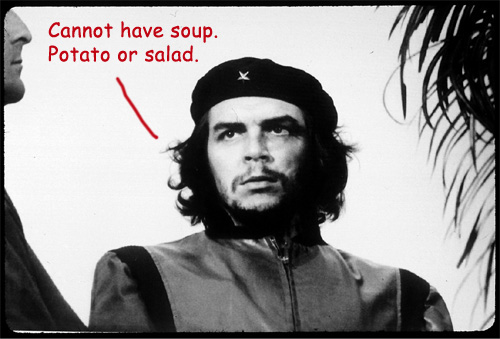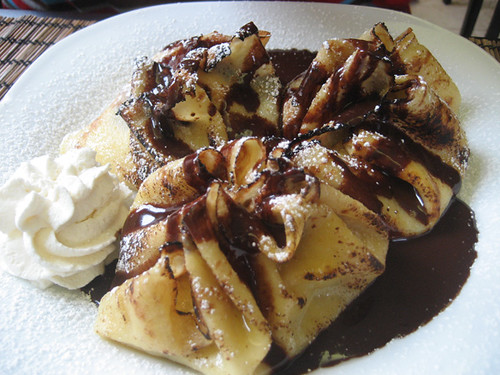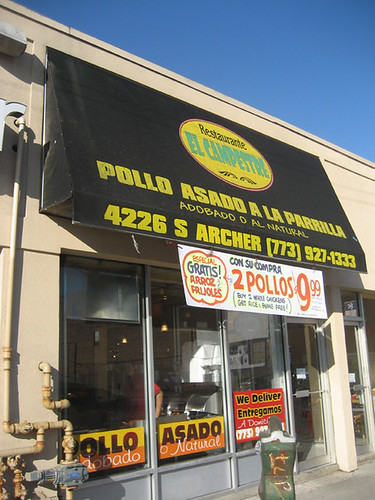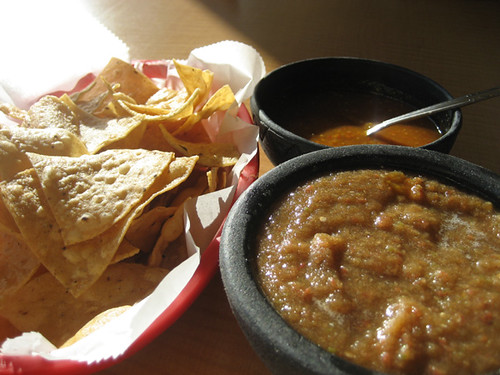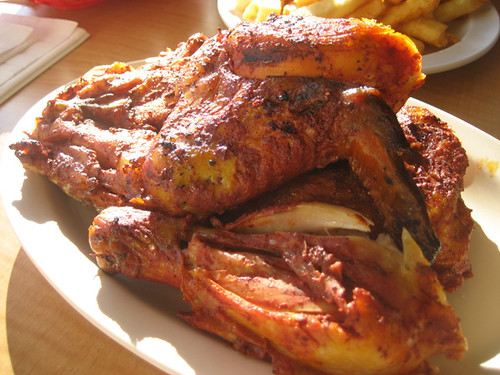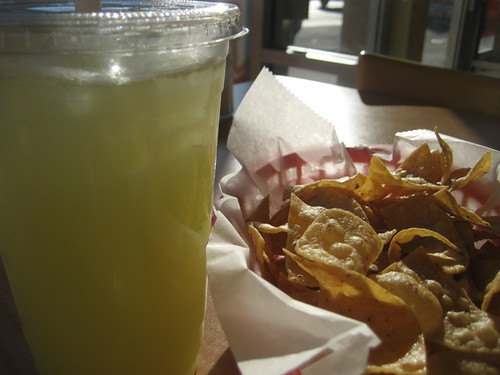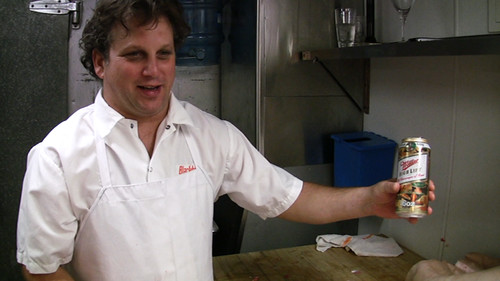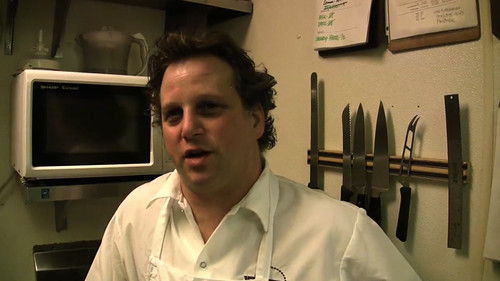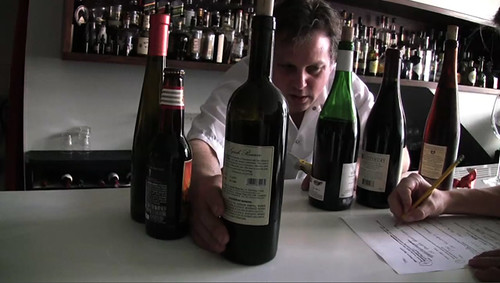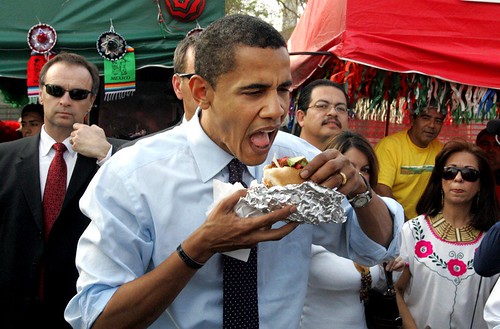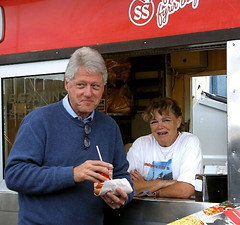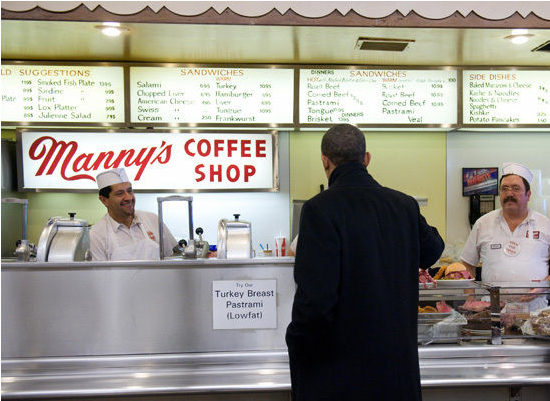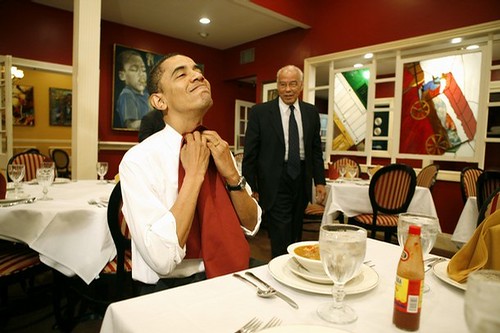It’s ten best list time, so here (according to my personal rules) are the top ten things that were new to me this year, never had ‘em before, along with whatever other things I manage to sneak into the discussion to allow myself more than ten. A cynical person would note that many of them relate to my Sky Full of Bacon podcasts, and might ascribe sinister motives to my blowing their collective horn, but of course 1) I tend to make the podcasts about things I’m already enthusiastic about, and 2) spending so much time with something is likely to increase the meaning it holds for you, so it seems unsurprising to me that those subjects should figure prominently here. Anyway, here’s the list:
10. Cherry doughnut hole from Sweetwater’s in Kalamazoo, eaten (two or three of them, actually) at the Greater Midwest Foodways Alliance program on desserts, with a nod to the peach donut from Mel-O-Cream in Springfield, Illinois.

9. Beans at Mercat a la Planxa. What beans? Any beans, apparently— both times I went, I had a dish in which ham and beans had combined into something intense and magical, rich with deeply comfy porky flavor. The first time it was a side with the suckling pig; the second time it was a warm bean salad. Either way, wonderful, and hardly the most expensive thing on the menu, but certainly the most comforting.
8. Copa, with a side of raw beets in a kind of mustardy sauce, at Mado. Yeah, I made a podcast about their headcheese, but this is the housecured meat that wowed me, and so did those crunchy-fresh oh-so-local beets.
7. Great Lake pizzeria calls it by its ingredients— prosciutto, onion, some cheese, I forget what all— but to me it’s a tarte flambee, the best one since the lost lamented Alsatian stand at the Christkindlmarkt a few years back, which arrives trailing a cloud of miraculous flavor hot from the oven.

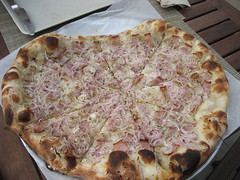
6. Grapes from Klug Farms, Green City Market. There was that whole silly debate about local eating last fall, pose or pretension, and all you would have needed to get past it was one taste of the amazing tiny gooey wine-like, no, first-growth-Bordeaux-level, grape varieties they were selling, which were all the justification local eating could ever need, and made further argument superfluous. Oh, and hey, as long as we’re talking locally grown, how about that arugula I grew in my Earthboxes? That was pretty wonderful too, delicately peppery, it grew like mad and we ate it with joy as long as it lasted.

5. The uchepos gratinados at Mixteco Grill, the dish we’ve ordered more than any other there, with its delicious combination of comfy cornmeal and sharp roasted corn…

And as long as we’re talking tamales, would it really be fair to let this list go by without mention of the fantastic ones, creamy and rich and delicious, served at Chuck’s BBQ during his monthlong Cinco de Mayo fest, which remains one of the greatest, least heralded culinary events of the year in Chicago?
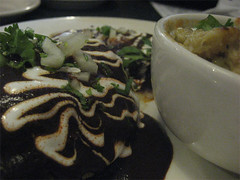
4. Sauerkraut pierogi at Smak Tak, and the whole terrific feast that went with it and pleased my mom no end with its authentic evocation of the tart, comfy Ukrainian varenyky dished up by our Mennonite forebears in Kansas.
3. Peking duck at Sun Wah, the dish that heralded the ascension of an old favorite to new heights under the second generation.
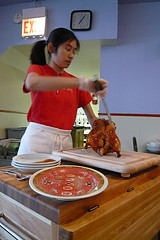
Photo by Eatchicago
2. Pulled pork at Neely’s in Memphis, the meal where I finally got why Memphis barbecue isn’t about unvarnished hunks o’ meat, like Texas barbecue, but about the interplay of pork, sweet cole slaw, fluffy bread, all playing off each other like the Guarneri String Quartet or Messrs. Howard, Howard and Fine.
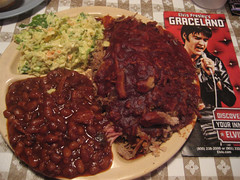
And hey, while we’re talking my Tennessee trip, how about those amazing greens at Arnold’s in Nashville, huh? What was it I said about them here— “it was the threes that made the leap toward greatness— especially the greens, whose pot likker was Bordeaux-complex in its depth of flavor, smoky, porky, cognac-y.” (Whoops, I already used that analogy in this ten best.)
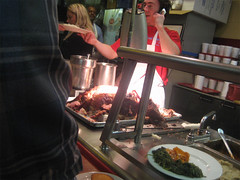
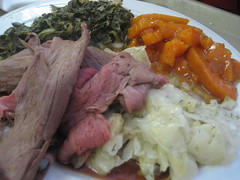
But as long as I’m saluting the greens at Arnold’s, fairness insists that I also mention the incredible greens at our own Chuck’s BBQ at the LTHForum holiday party, even at the risk of mentioning one amazingly versatile place twice.
1. The mulefoot pig dinner at Blackbird, particularly two outstanding dishes, Vie’s cotechino full of gamey meatiness, and Justin Large of Avec’s headcheese ravioli in an amazingly porky and lemony consomme, though that’s not at all to slight a meal that was absolutely top-notch all the way. Obviously I had a somewhat unique perspective on this meal (well, unique to me and Sula), given the days and days I spent chronicling it and seeing it all behind the scenes, but besides being boundlessly impressed by the chefs I watched in action (and not a little jealous, frankly— I sure never saw people work together so well and at such a high level in any ad agency I was in), I came away convinced that for all that Chicago is a world capitol of conceptual dining and foams and gels, its real distinction is in a small collection of superb restaurants who source carefully and prepare in an Italian-inflected modern style that brings out the flavor inherent in a dish and then some.
________________________________________________________________________________________
I don’t have a worst this year; I don’t remember anything that really irritated me (well, other than the meal where my window was bashed in and my iPod stolen), indeed why dwell on mediocrity as if it were at all hard to find without my help? (Thus no comment on the rash of outta-town burger chains which have opened in Chicago this year, and which uniformly underwhelmed.) Let us salute the good things, which beyond the above would include another cotechino at Riccardo Trattoria, one bite of duck at Boka, the pork chop at Sepia, the deconstructed Caesar salad at Graham Elliott, the birria at Zaragoza, lamb rib from Southside Market, Elgin, Texas, grabbed between morning shoot at Louie Mueller’s and afternoon shoot at Taylor Cafe, the biscuits I learned to make for my Southern party, Tupelo honey picked up at Katzinger’s in Columbus, OH, the ginger vanilla ice cream I’ve been making (inspired by the one good part, dessert, of a lunch at Shikago), the intriguing lemon grass and clove cookies at Kan Pou, a root beer float at Scooter’s (such an obvious idea, lifted into the stratosphere by the combo of their custard and Sprecher’s Root Beer), tomato-goat cheese quiche and vanilla cannele from Floriole Bakery at the Green City Market, and the garlicky eggplant dip at Albawadi in Bridgeview— a suburb I will have more to say about shortly.
Finally, let me end the year with thanks to you, dear Blog-Reader and Podcast-Viewer, whomever you are. My exit from my previous primary role in shaping and managing LTHForum left me determined to use the opportunity— of a little name within the food community, of the videomaking technology I would have killed for when I was making super 8 movies when I was 15, of this perilous but pregnant moment in media history— to invent something new, to approach the subject of food in this great city in new ways and not just write about going to Khan BBQ or Burt’s Pizza for the umpteenth time (much as they are justly loved). I’m just beginning to make that happen on the level of print media— let’s hope there are still print media this time next year— but the thousands of views my podcasts have enjoyed at Vimeo and iTunes has been greatly encouraging and gratifying. Thanks for that, and see you next year.


 Posted in
Posted in 

